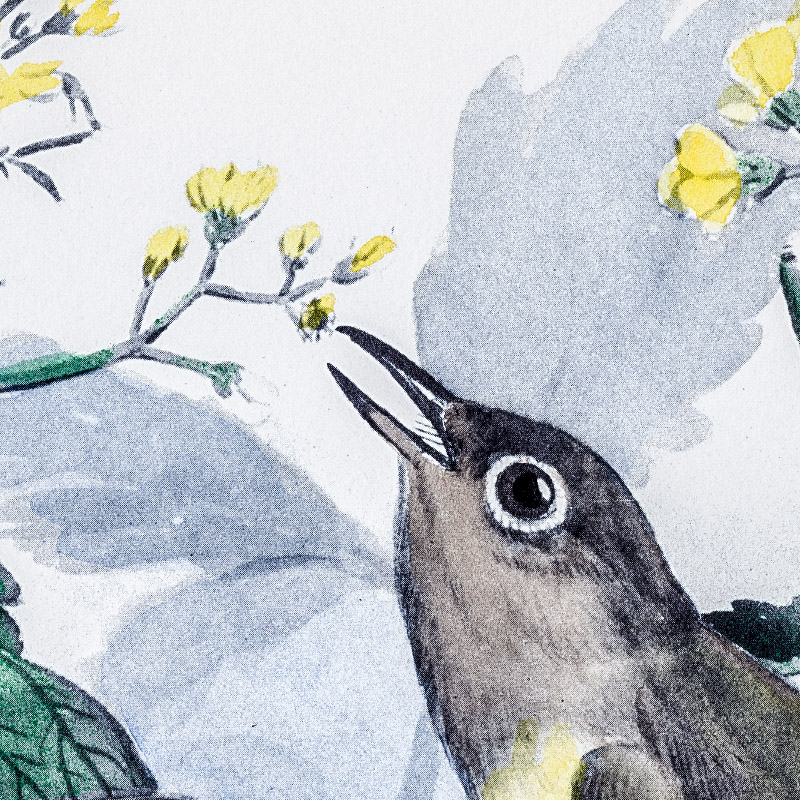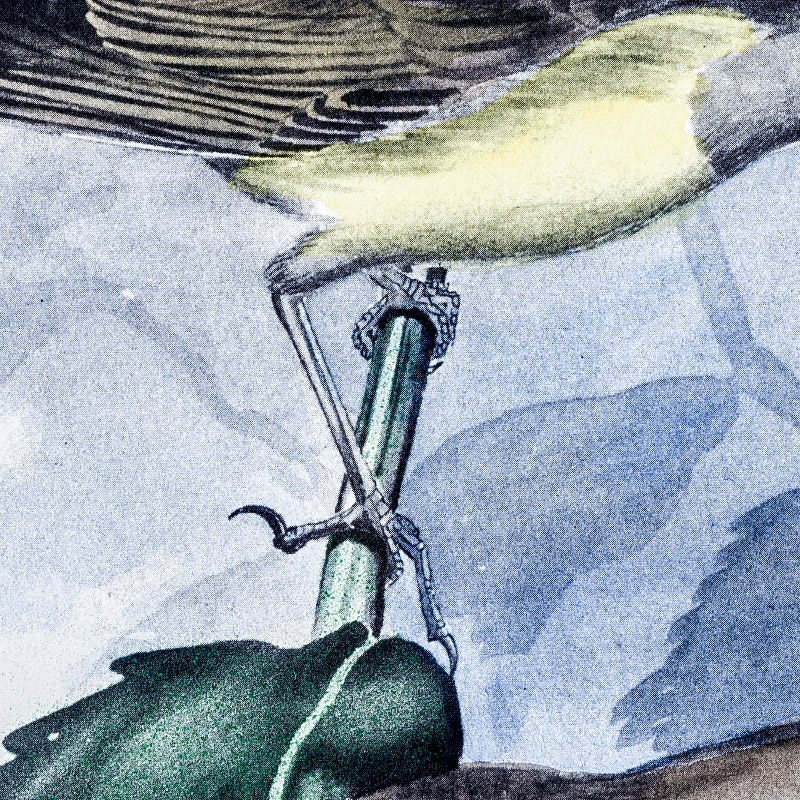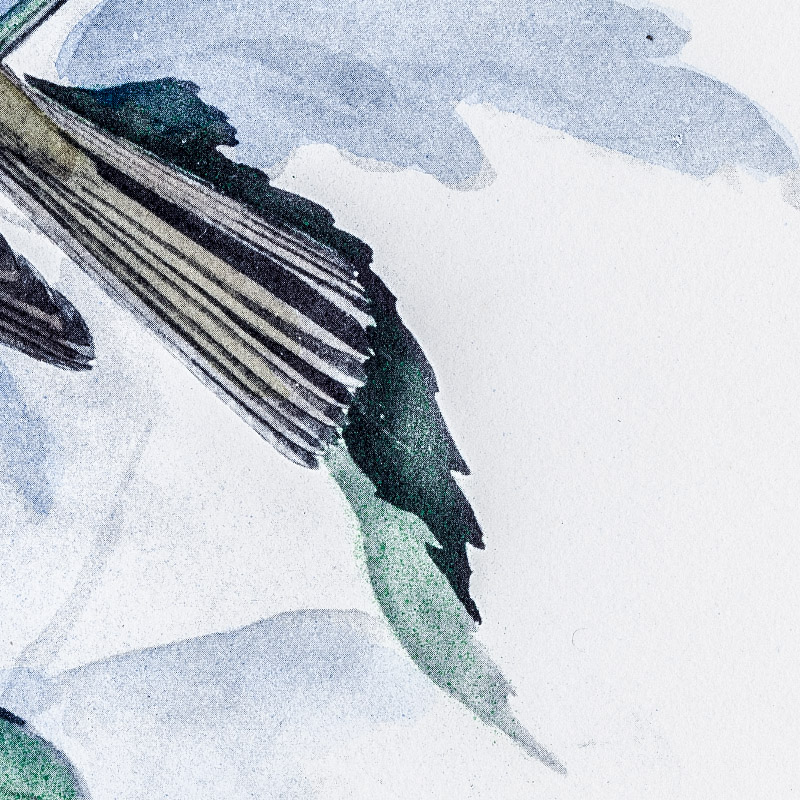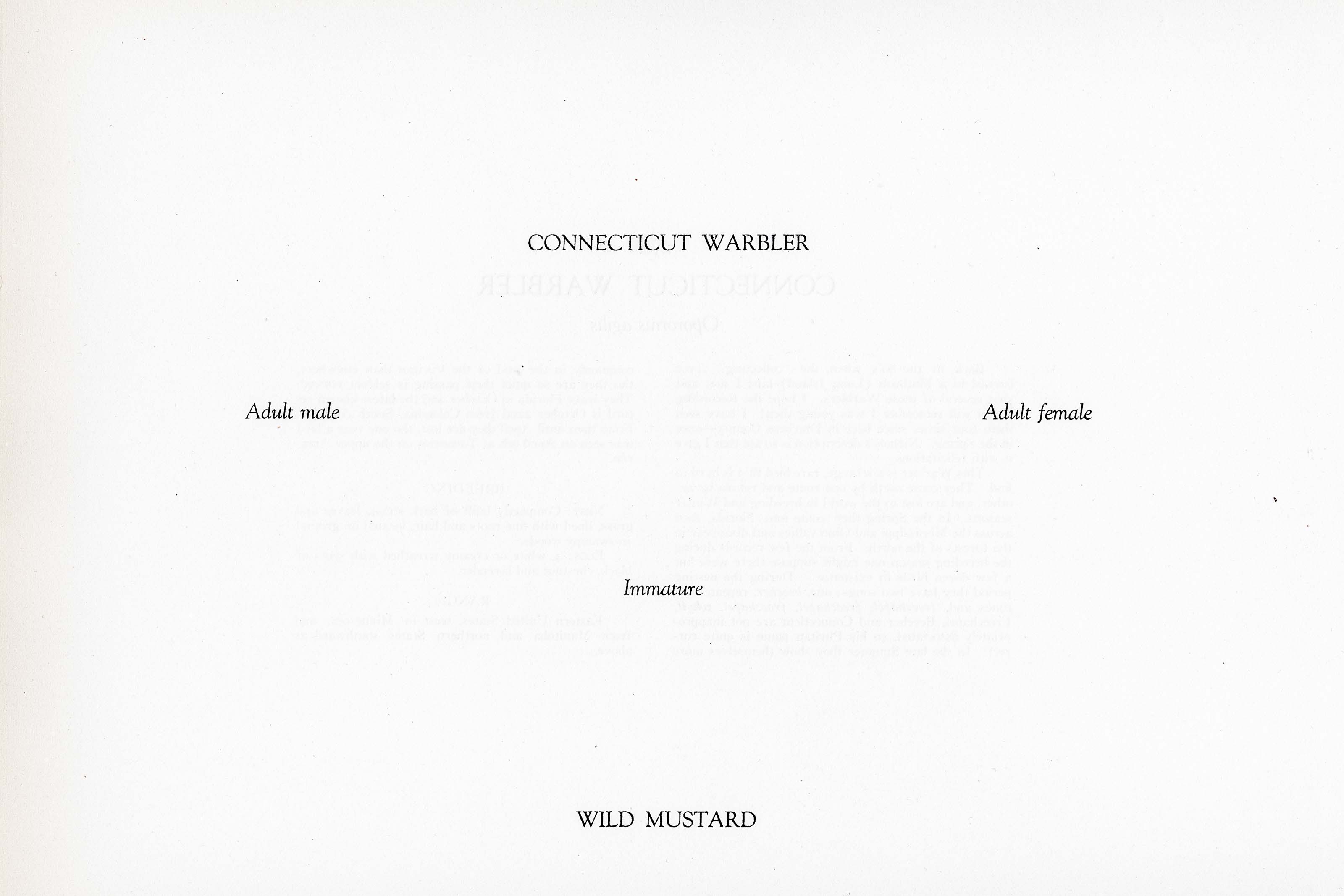






1911
1930
11
678
A team of dedicated board members, volunteers, and student interns has published every page in Volume 9. This volume includes 360 images of paintings and lyrical descriptions of birds, now available online for everyone to enjoy anywhere in the world. This is a monumental task. Each volume requires approximately 400 hours to photograph, edit, transcribe, catalog, and publish online. We need your support to complete this work.
If you're tech-savvy, have a good eye, are meticulous with details, and love structured data, please consider volunteering by emailing us at hello@rexbrasher.org.
We encourage all bird lovers and supporters to consider a monetary donation to support our mission to make Rex's work available for everyone. You can provide a one-time or recurring donation online.
Back in the 80's when the "collecting" fever burned in a Flatbush (Long Island) lane I met and shot several of these Warblers. I hope the Recording Angel will remember I was young then! I have seen them four times since here in Dutchess County — once in the Spring. Nichols's description is so apt that I give it with felicitations.
This Warbler is a strange, rare bird that is hard to find. They come north by one route and return by another, and are lost to the world in breeding and Winter seasons. In the Spring they come into Florida, then across the Mississippi and Ohio vallies and disappear in the forests of the north. From the few records during the breeding season one might suppose there were but a few dozen birds in existence. During the nesting period they have two songs: one, beecher, repeated six times, and, freechapel, freechapel, freechapel, whoit. Freechapel, Beecher and Connecticut are not inappropriately associated, so his Puritan name is quite correct. In the late Summer they show themselves more commonly in the land of the Puritan than elsewhere, tho they are so quiet their passing is seldom noticed. They leave Florida in October and the latest known record is October 22nd from Colombia, South America. From then until April they are lost, tho one year a bird was seen on April 9th at Tonantins on the upper Amazon.
NEST: Compactly built of bark strips, leaves and grass, lined with fine roots and hair, located on ground in swampy woods.
EGGS: 4, white or creamy wreathed with spots of black, chestnut and lavender.
Eastern United States, west to Minnesota, and from Manitoba and northern States southward as above.